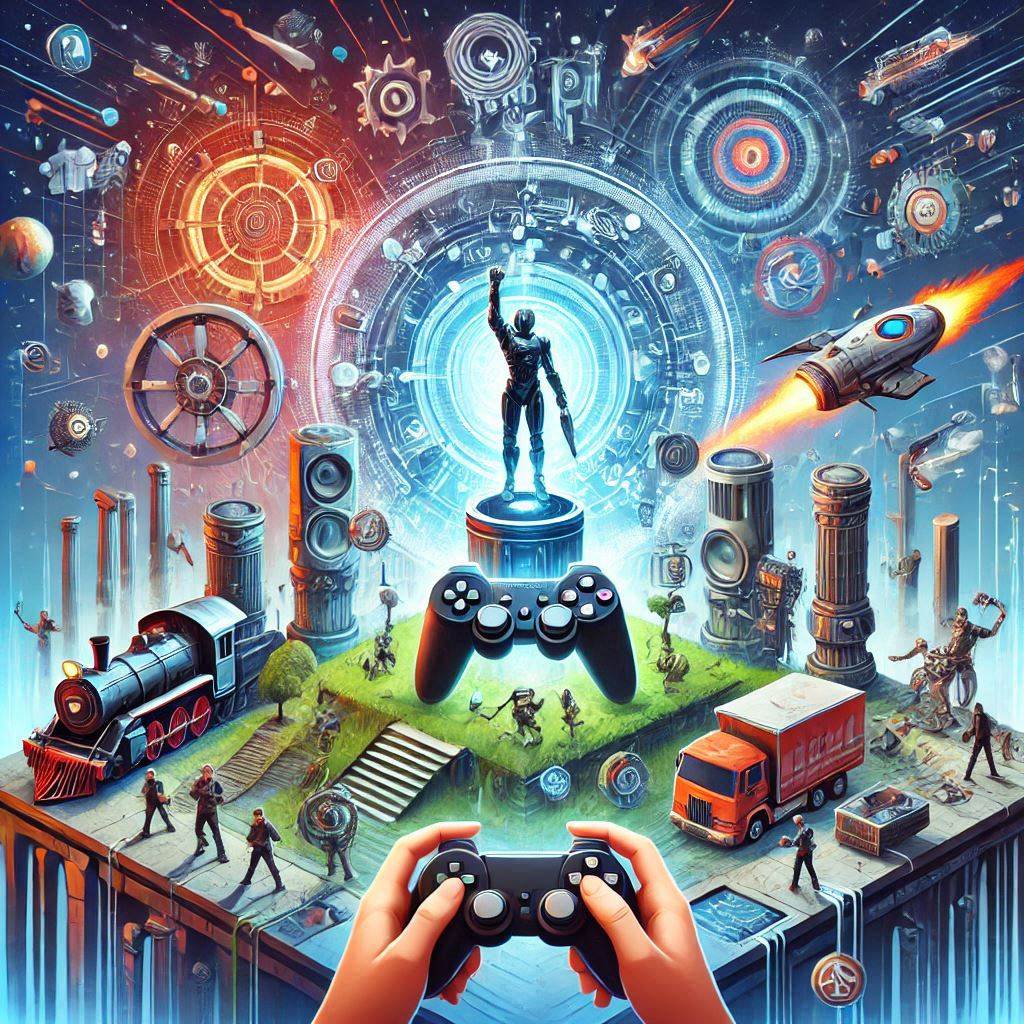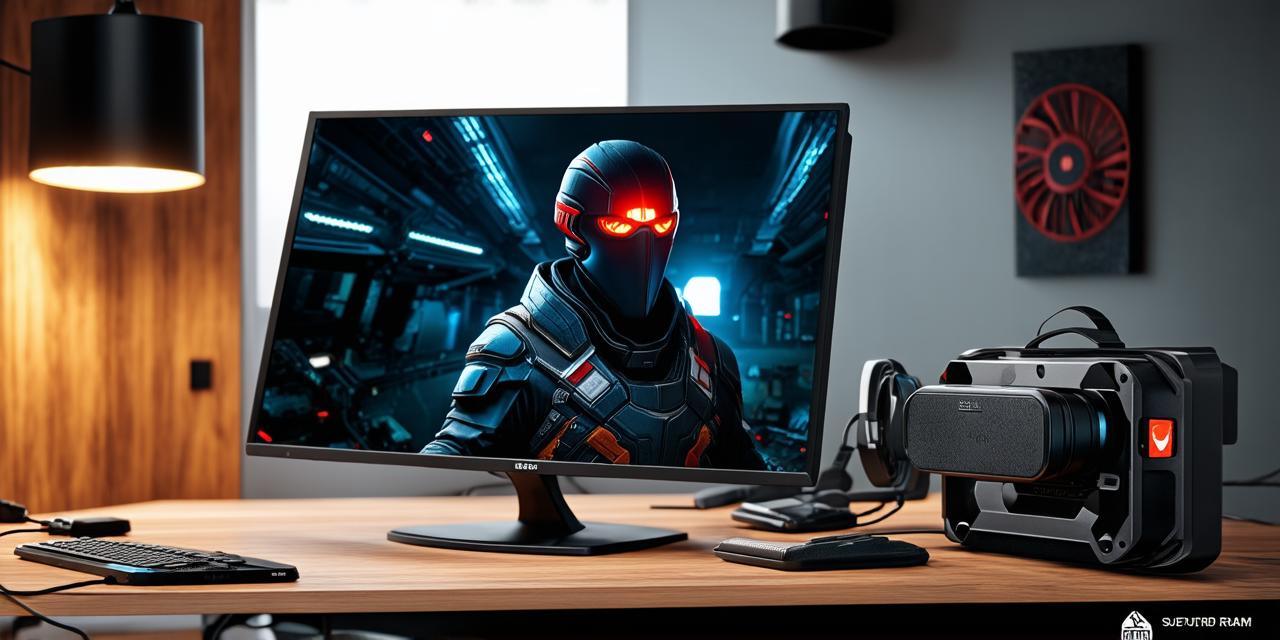As game development grows more popular and complex, it’s important for developers to be aware of potential bottlenecks that can slow down the development process. In this article, we will explore some common bottlenecks in game development and discuss ways to overcome them.

1. Lack of Clear Objectives
One of the biggest challenges in game development is defining clear objectives. Without a clear understanding of what you want to achieve with your game, it’s easy to get bogged down in the details and lose sight of the bigger picture. To avoid this, start by identifying your target audience and determining what they want from the game. This will help you define specific goals and objectives that will guide the development process.
2. Inefficient Collaboration
Collaboration is crucial to the success of any project, including game development. However, collaboration can also be a bottleneck if not done properly. To overcome this challenge, establish clear communication channels and ensure that everyone involved in the project understands their role and responsibilities. It’s also important to have regular check-ins to ensure that progress is being made and any issues are addressed in a timely manner.
3. Technical Limitations
Technical limitations can be a major bottleneck in game development. For example, if your game requires advanced graphics or sound effects, you may encounter technical limitations that prevent you from achieving the desired results. To overcome this challenge, consider using cloud-based solutions or outsourcing certain tasks to specialized teams.
4. Resource Constraints
Resource constraints, such as limited funding or a small team size, can also be a bottleneck in game development. To overcome this challenge, prioritize tasks and allocate resources effectively. For example, if you have a small team, consider using freelancers or contractors to help with certain tasks.
5. Insufficient Testing
Testing is an important part of the game development process, but insufficient testing can lead to bugs and other issues that can slow down progress. To overcome this challenge, establish a robust testing process that includes both automated and manual testing. It’s also important to have a dedicated team responsible for testing and bug fixing.
Case Study: Overcoming Bottlenecks in Game Development
One example of overcoming bottlenecks in game development is the creation of “Minecraft.” The Minecraft team faced numerous challenges, including technical limitations, resource constraints, and insufficient testing. However, they were able to overcome these challenges by prioritizing tasks, outsourcing certain tasks, and establishing a robust testing process. This allowed them to create a game that has become one of the most popular in history.
Expert Opinion:
According to Markus Persson, the creator of Minecraft, “One of the biggest challenges in game development is balancing creativity with technical limitations. You have to be creative, but you also have to be realistic about what’s possible.” By prioritizing tasks and allocating resources effectively, the Minecraft team was able to overcome these challenges and create a successful game.
Real-Life Examples:
Another example of overcoming bottlenecks in game development is the creation of “The Legend of Zelda: Breath of the Wild.” The game’s developers faced numerous technical limitations, including the need for advanced graphics and sound effects. To overcome these challenges, they used cloud-based solutions and outsourced certain tasks to specialized teams. This allowed them to create a game that has been widely praised for its graphics and sound.
Thought-Provoking Ending:
To avoid bottlenecks in your own game development projects, it’s important to be aware of the potential challenges and take steps to overcome them. By prioritizing tasks, allocating resources effectively, establishing clear communication channels, and conducting robust testing, you can create a successful game that meets your objectives and resonates with your target audience.




